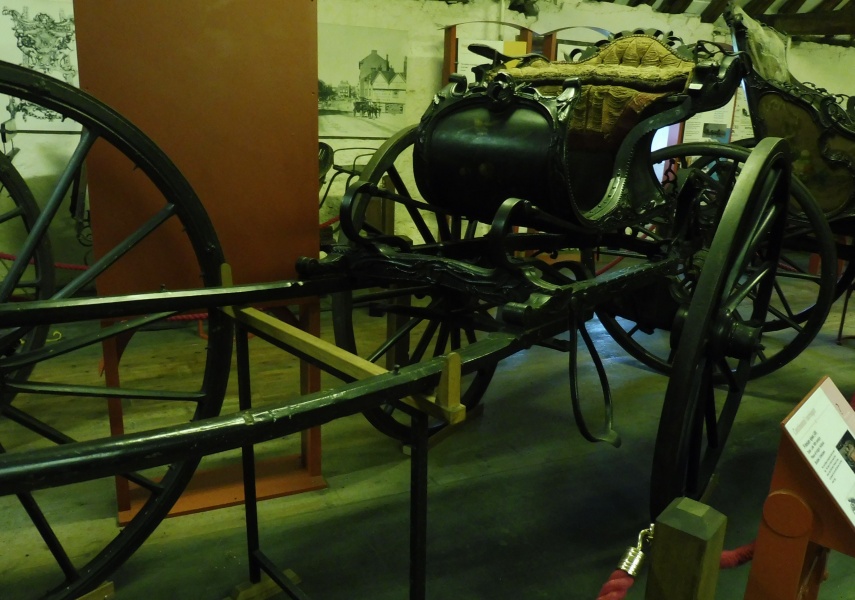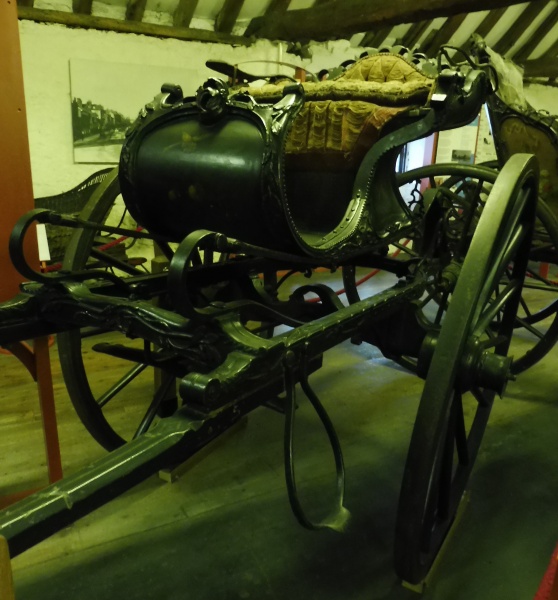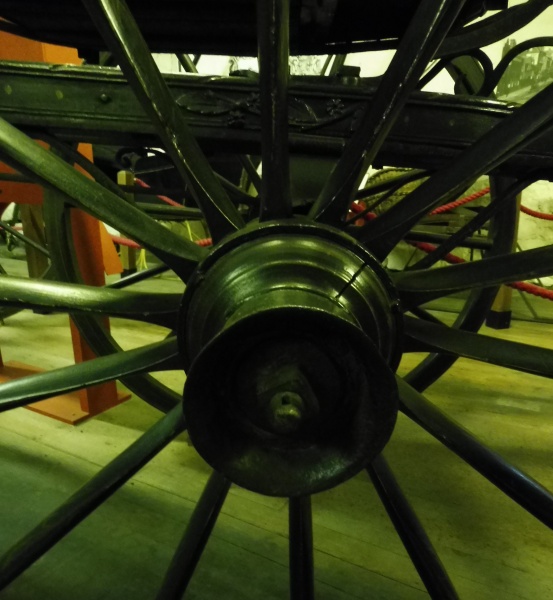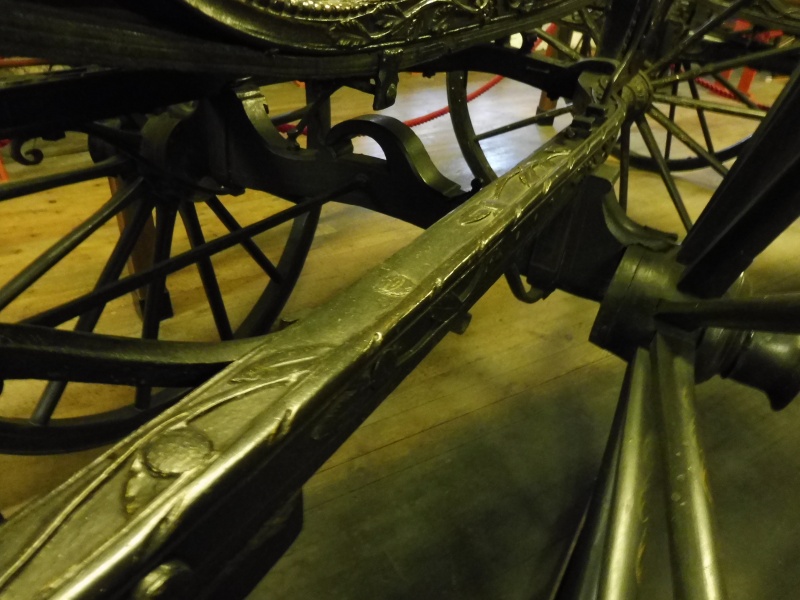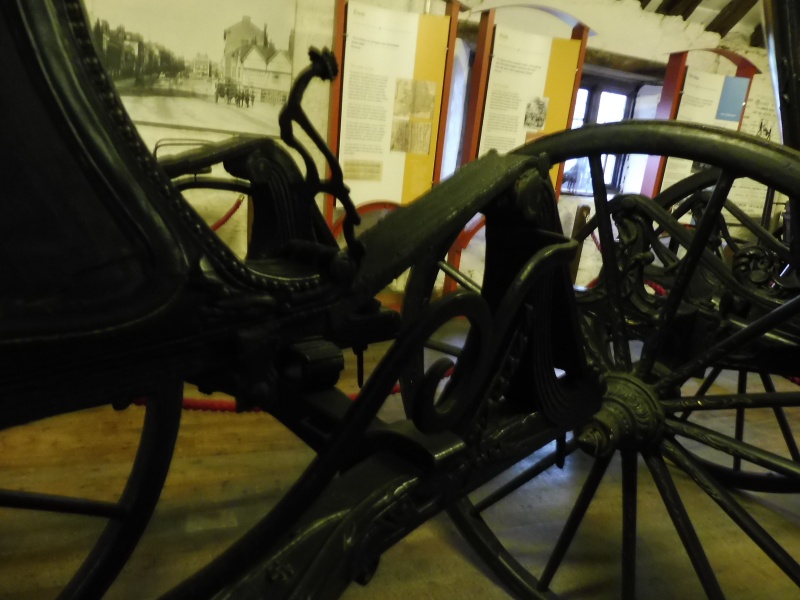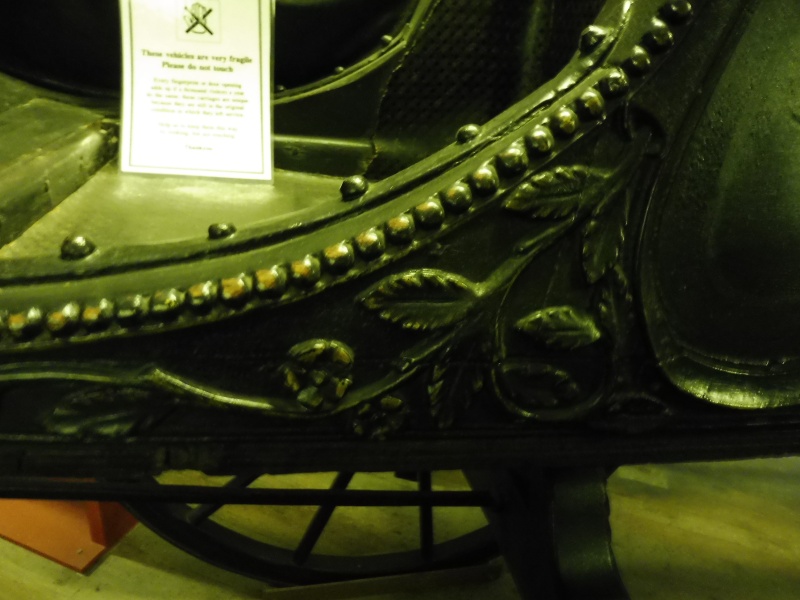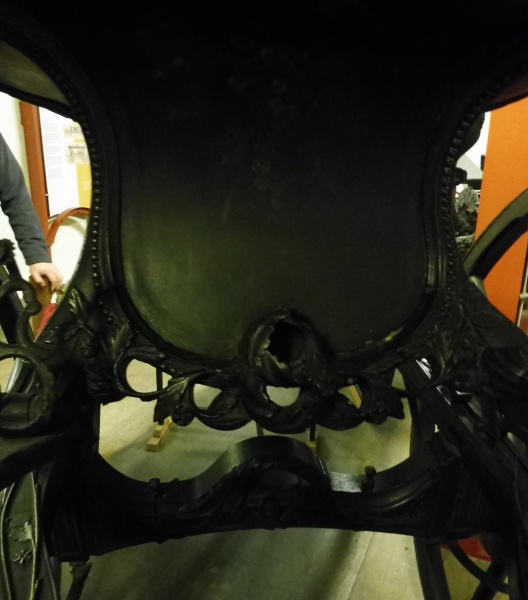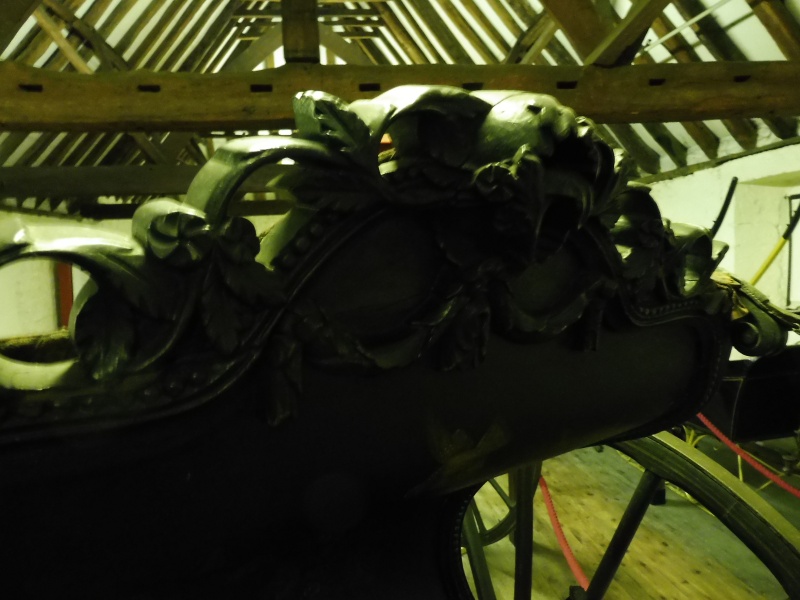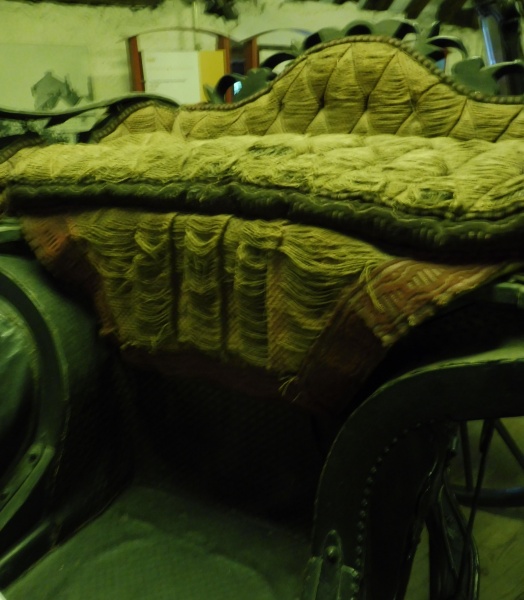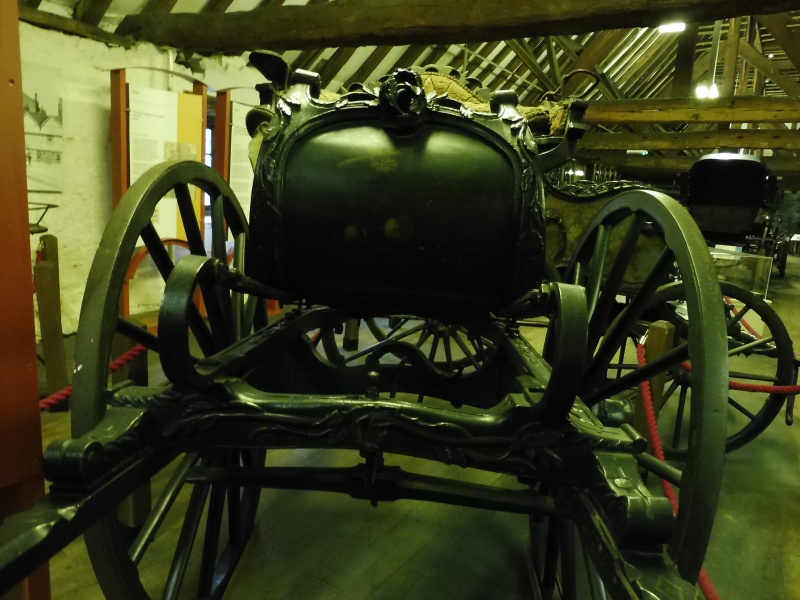Use the dots above to scroll through images.
Listed in 1 collection
Listed at 1 museum
Listed for 1 maker
Quick Details
Carriage Type
Sjees
Date of Production
mid 18th century
Materials used
Paint, Wood, Iron, Brass, SilkSummary of Sjees
Friesland Sjees are a rather rare sight in the United Kingdom. The word ‘sjees’ corresponds to the word ‘gig’. These Dutch two wheeled carriages are convertible as the shafts can be removed and a pole can be fitted allowing them to be pulled by a pair of horses.
This style of carriage is still very much favoured today to drive the Friesian Horse to.
Dimensions
Height: 6ft ¾”
Length: 13ft 1 ½”
Width: 5ft 2 ¼”
Full description
Friesland Sjees were often very highly decorated as they were used as show carriages for highly prized carriage horses of the Friesian breed. Some were more restrained in their embellishment, especially if they were of a later date, but those ofthe 18th century were generally ornate, demonstrating the decorative tastes of the time
This example has lost its original colour, now appearing pretty much black all over, but there are glimpses of a finely painted composition of flowers on the front of the dashboard and on the back of the seat. All of the carved flowers and scrolled decoration would have been painted as a work of art. It was a show stopper.
The body really takes the form of a Sleigh and seats a single person comfortably or two people,just, sitting slightly at an angle. The foot well is much narrower than the seat which has accentuated curved sides. They curve inwards at the bottom half and then sharply outwards forming the underside of the seat board. The dashboard is a continuation of the foot well curving elegantly upwards and back towards the seat. The entire seat and dashboard are edged with a carved border of flowers, leaves and garlands. Down the front edge of the side panels and continuing up the edge of the dashboard is a row of brass tacks which are an attractive feature of the decorative scheme. An iron strip for strengthening the construction also runs along the front edge of the sides. The front bottom edge of the side panels have a lower carved relief decoration of roses, leaves and tendrils.
The seat retains it original upholstery but it is in a very fragile condition. Once fine and dazzling the seat cushion, seat back and centre of the seat drop are covered in a gold colour damask (?), buttoned on the seat back and cushion and edged with brass tacks. The seat drop has a fine red and gold broadlace with a design of straight and wavy lines and dots. A broadlace with the same pattern only in a much darker colour edges the cushion, this may have originally been red but has discoloured.
The body is supported at the front on simple single leaf C springs with braces shackled to them. The C springs are bolted to a cross bar in front of the dashboard which joins onto two side bars. These are again carved with foliate motifs and scroll ends. Hanging on the underside of the front cross bar is a swingle tree. At the rear is a rather complicated arrangement of ironwork and springs, quite independent to this type of carriage. To mount the carriage is a step on the nearside. It is a loop of forged iron bolted to the side bars. At the bottom is a small lip giving a little more support to the person climbing up on to the carriage, but it would require someone agile andquick to use this step.
The shafts are long and straight. They detach from the carriage allowing a pole to befitted for use with a pair of horses. The wheels have 14 spokes and iron tyres and common axles. The spokes are very nicely chamfered towards the hub. The axle is hefty and heavily carved.
Inscriptions
The are no inscriptions on this carriage.
Condition report
The seat upholstery is very fragile and the original paintwork has almost completely disappeared. Structurally all of the components are present and the carvings are all in super condition.
Access information
This Sjees is in the care of the Tyrwhitt-Drake Carriage Museum
Maidstone Museum and Art Gallery
St Faith's Street,
Maidstone
ME14 1LH
Picture credit
Maidstone Museum and Bentliff Art Gallery / Amy Bracey / Robert Lovell

 Carriage Foundation
Carriage Foundation